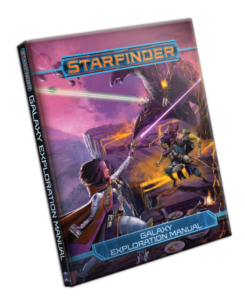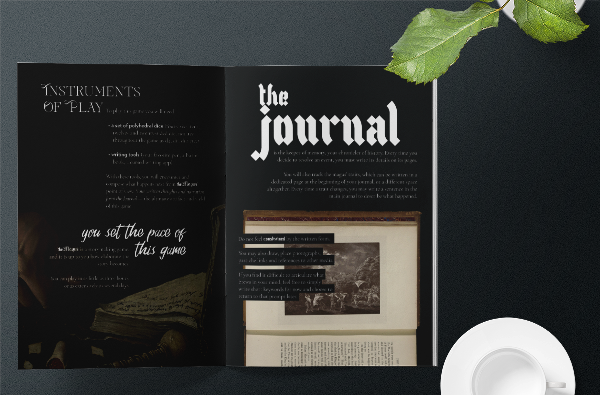
Galaxy Exploration Manual
Galaxy Exploration Manual is a core supplement for the science fantasy RPG Starfinder, written by Kate Baker, Jessica Catalan, John Compton, John Curtin, Alexi Greer, Sasha Laranoa Harving, Joan Hong, Jason Keeley, Chris Lambertz, Robert G. McCreary, Andrew Mullen, Adrian Ng, Emily Parks, Joe Pasini, Samantha Phelan, Stephen Radney‑MacFarland, Mikhail Rekun, Jessica Redekop, James Rodehaver, Simone D. Sallé, Shahreena Shahrani, Chris S. Sims, Abigail Slater, Kendra Leigh Speedling, and Jason Tondro and published by Paizo.
By Aaron T. Huss

A complimentary copy of Galaxy Exploration Manual was provided by Paizo for this review.
Learn more about Galaxy Exploration Manual here
Purchase Galaxy Exploration Manual here (paid link)
Find other Starfinder posts here
Galaxy Exploration Manual brings the feel of Star Trek to Starfinder. The book is effectively broken into two halves – the first half is all about character options while the second is a toolkit for the GM (although the second half is much longer than the first). The character options provides new class options for campaigns that focus on space exploration and travel to new planets (it also includes a random background generator because campaigns like that may bring characters together for much different reasons). Each class includes all the necessary options for each class feature along with a collection of equipment for galactic exploration.
The second section of the book is a large toolkit for developing new worlds for your PCs to explore when they are sailing across the cosmos. Each world has a somewhat generic classification and delves into what it would be like to adventure on that type of world and what you might encounter. This includes potential inhabitants, adventure hooks, feats, and new weapons that match that type of world for building NPCs and adversaries. This includes a number of mundane classifications (forest, desert, water, etc.) and a handful of more exotic ones (subterranean, weird, airborne, etc.). The toolkit goes on to guide the GM through fleshing out additional details such as alignment, technology, magic, religion, and accord.
The final section of the book that continues the toolkit contains a good amount of GM guidance for really making the settings, adventures, and campaigns come to life. This includes a look at subgenres, which was somewhat unexpected. This is given narrative and is more of a bonus for GMs than anything. It doesn’t provide mechanical details but does help the GM understand what types of games are possible.
If you’re going to run a game outside of the core worlds, Galaxy Exploration Manual is a must have. It’s full of all the options you’ll really need to make those types of games fun and memorable along with giving characters an advantage in that type of space exploration environment.

